EECS 473 Fall 2020 Project Showcase, Group B
Live Demonstration Expected Times:
- 11:00am – 11:20am: Air Hobs
- 11:20am – 11:40am: Broomba
- 11:40am – 12:00pm: Therapy Glove
Concurrent Breakout/Demo Rooms:
12:10pm – 1:30pm: Air Hobs room, Broomba room, Therapy Glove room
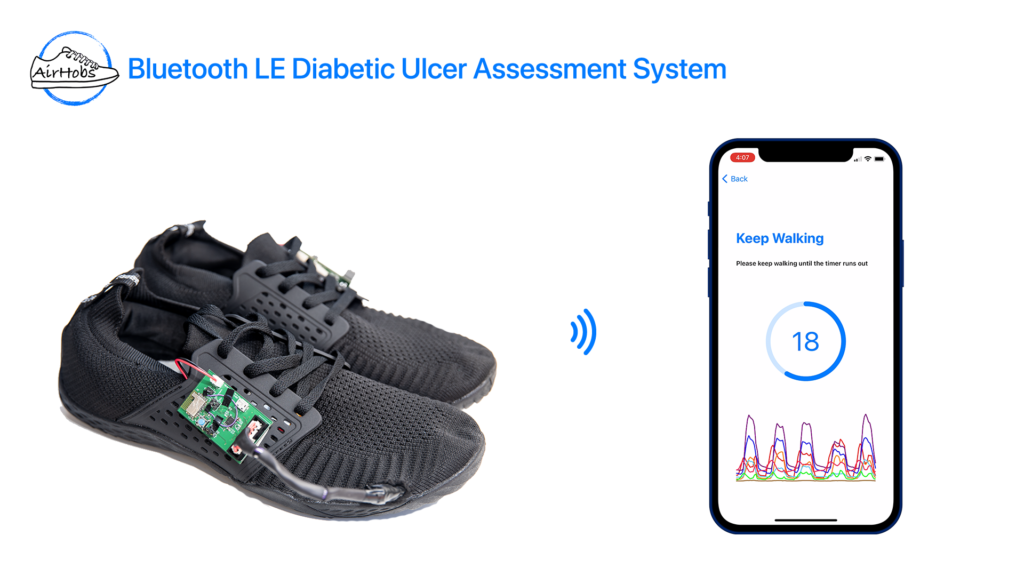
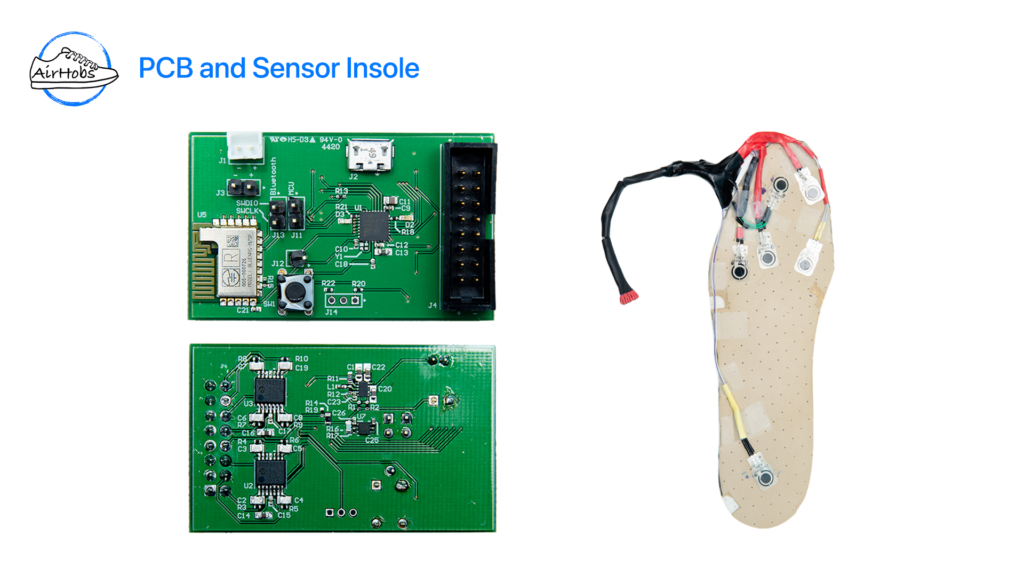
Air Hobs
Ana Beyer, Rufa Leninkumar, Brian Lin, Jerry Liu, Kevin Wang
Diabetic patients often have an impaired gait and a loss of sensation in their feet, leading to diabetic foot ulcers, and subsequently, amputation of lower limbs. We have developed a smart shoe system that records and analyzes pressure data to provide instant feedback on a mobile app. Our ultimate goal is to inform the users of foot ulcer risk in order to take preventative action before it becomes severe.
- Live presentation: Dec. 3, 2020, 11:00am – 11:20am
- Breakout/Demo room: Dec. 3, 2020, 12:10pm – 1:30pm
- Report
Broomba
The Pond Broomba team has developed a semi-autonomous boat robot that uses geofenced coordinates to navigate around an area on a pond or lake to collect debris and monitor vital pond health statistics. Using a flood fill algorithm and a GPS/IMU system, the robot is able to make decisions about navigating the given space, and it is able to use ultrasonic sensors and motor current sensors to detect obstacles in its path. The robot is also able to send information such as pond health data or current status back to a base station, providing the human user with more information on the pond itself and the robot’s progress and needs. Our hope is that devices such as this boat can be used as a less intrusive solution to ensuring the health and safety of these vital ecosystems and the life that depends on it.
- Live presentation: Dec. 3, 2020, 11:20am – 11:40am
- Breakout/Demo room: Dec. 3, 2020, 12:10pm – 1:30pm
- Report
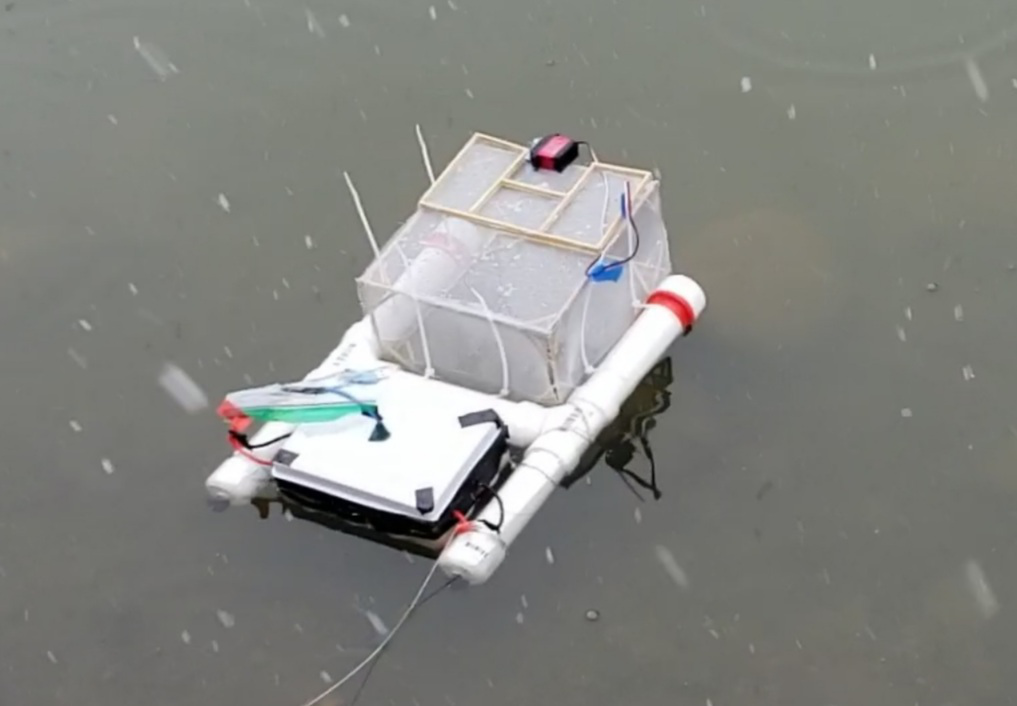
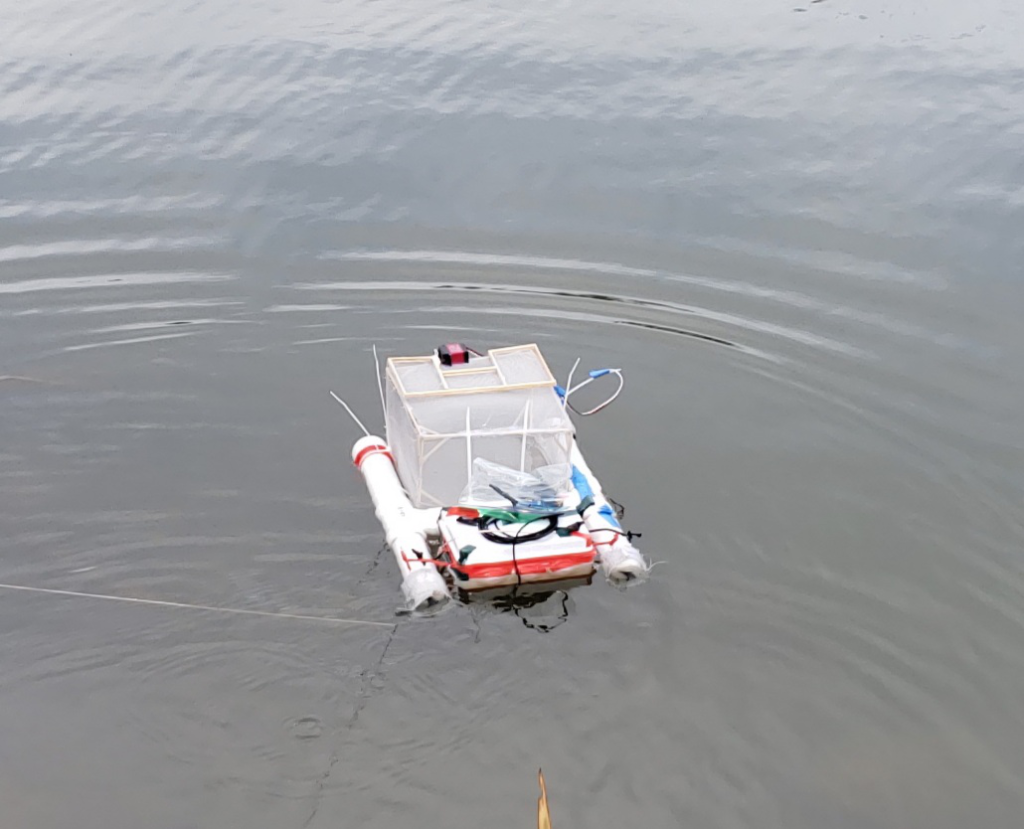
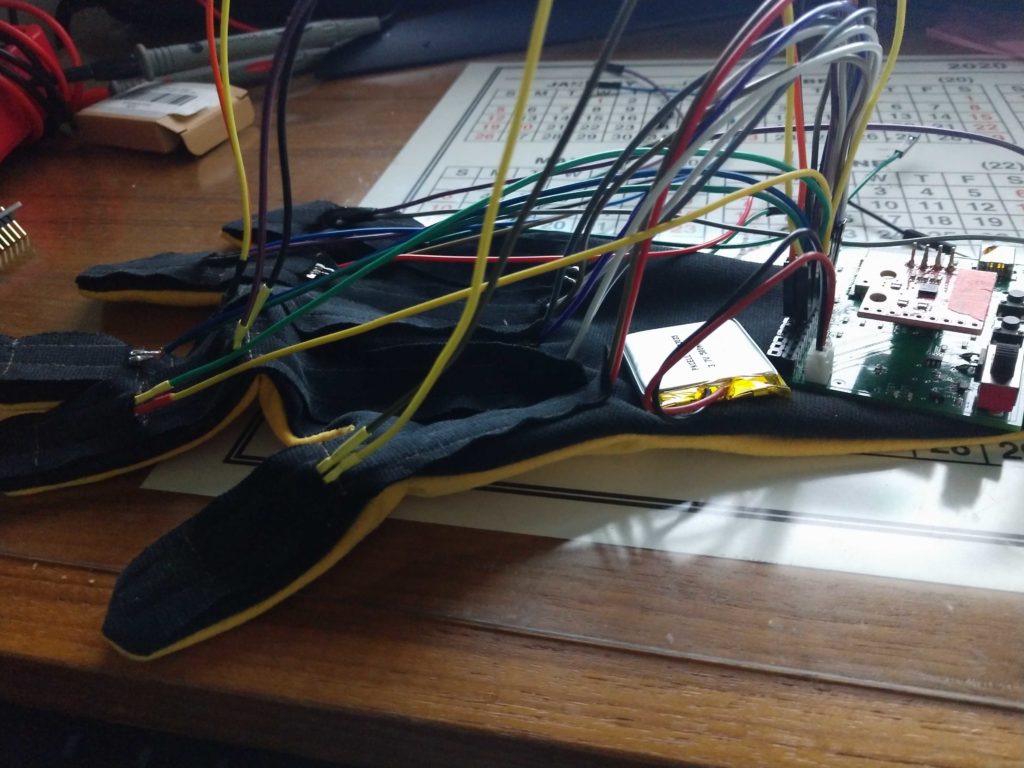
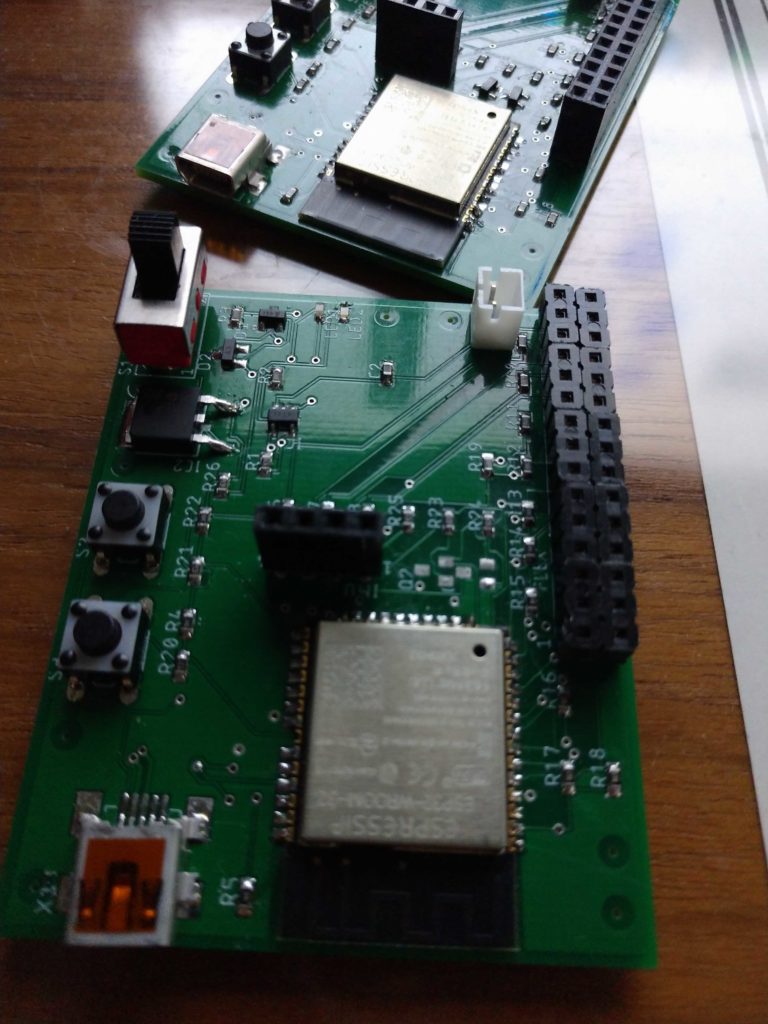
Therapy Glove
During the process of physical therapy, patients are often given exercises by their therapists to continue at-home. However, the biggest barriers to at-home therapy are non-compliance to the recommended routine and loss of motivation. To combat this, our team created a device and mobile app to guide patients through physical therapy on the hand that encourages them to continue exercising. Our device consists of flex sensors and an IMU to detect finger and wrist articulation. This data is used to make sure patients are performing exercises correctly as well as log and display patient progress. Accompanying this is a Bluetooth connected mobile app that encourages users to complete the prompted exercises.
- Live presentation: Dec. 3, 2020, 11:40am – 12:00pm
- Breakout/Demo room: Dec. 3, 2020, 12:10pm – 1:30pm
- Report
 MENU
MENU 
